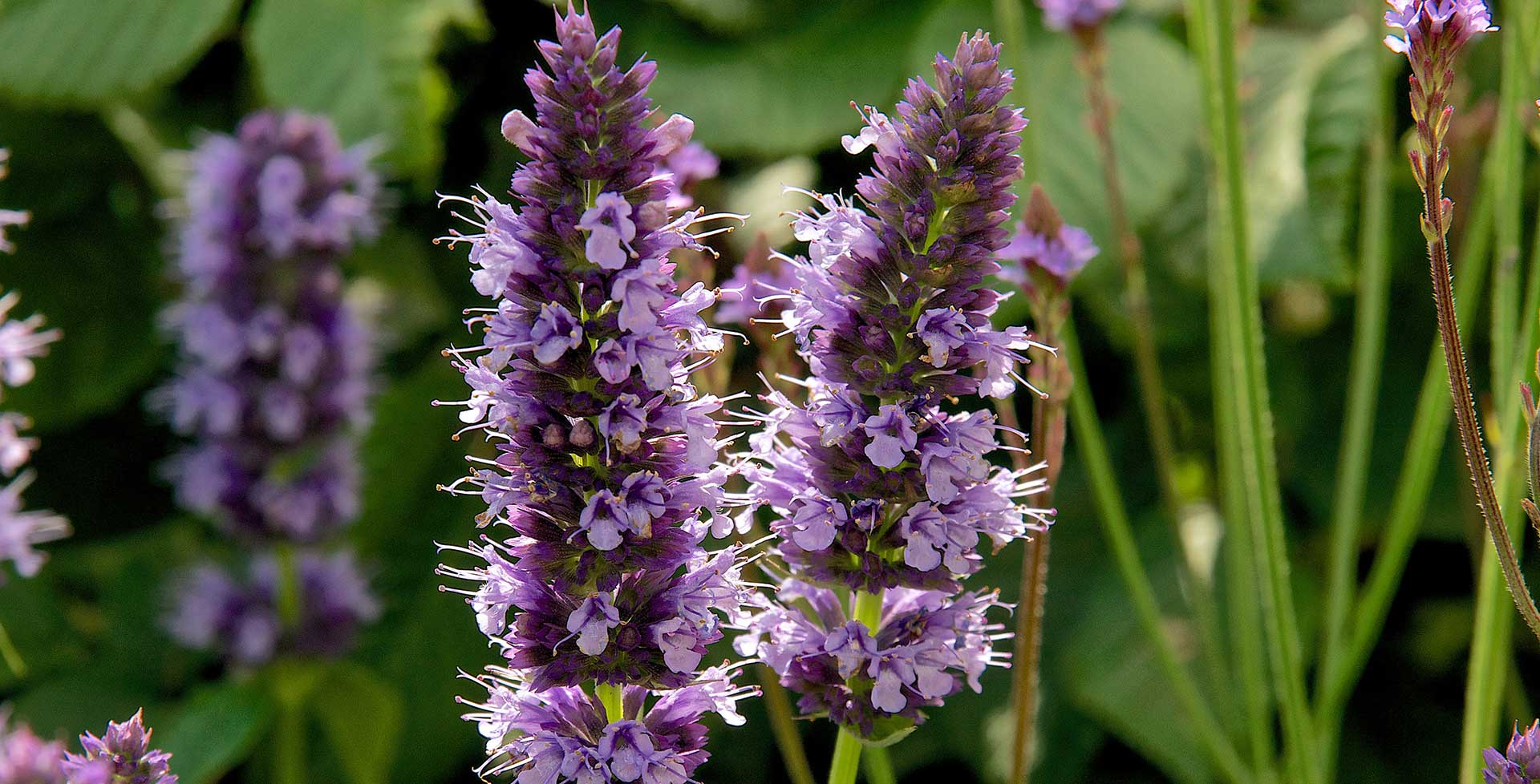
Introducing...
Agastache
Common name: anise hyssop, giant hyssop, Korean mint
Liquorice scented foliage and spires of flowers that bees love; these are just a couple of reasons to plant agastache. They bring colour to borders from midsummer to autumn and combine well with late-flowering perennials, grasses, and dahlias. Several are vulnerable to frost, so you could grow these plants as annuals.
Looks
The tall, upright herbaceous border perennials usually have spires of rich violet-blue flowers. The tender, often woody based types are often grown as an annuals and come in a range of warm shades including apricot. The foliage is usually aromatic and green, greyish-green or bronze-tinged.
Likes
These plants like full sun and fertile soil that drains easily.
Dislikes
Agastache will rot in wet soil and it’s best to avoid shade for the best flowering. The woodier species will not tolerate hard frosts.
Did you know?
Agastache are one of the very best plants for attracting bees to your garden.
Growing guide
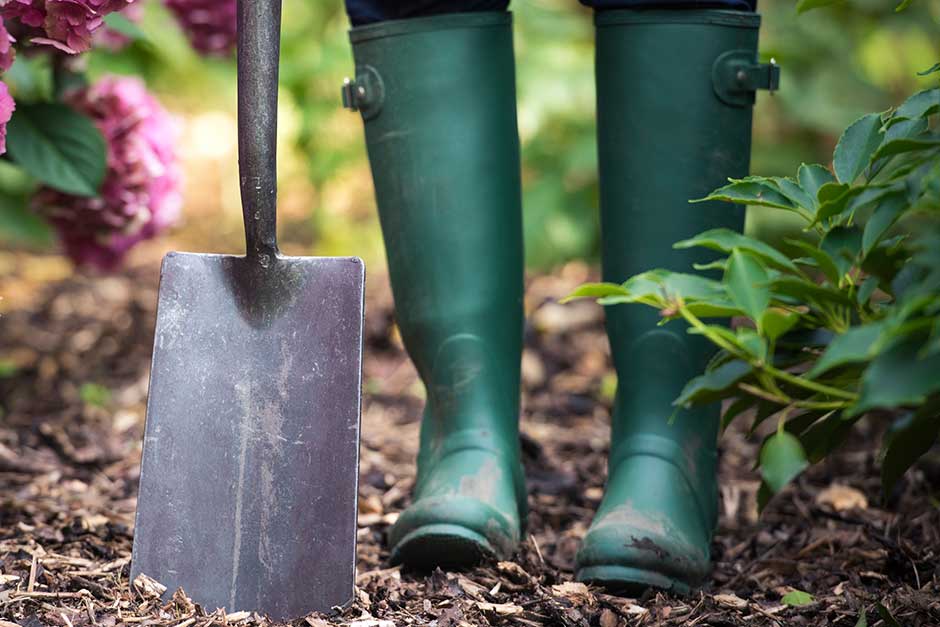
How to grow agastache
All the information you'll need to grow and care for Agastache can be found in the RHS guide to perennials.
Agastache we recommend
Agastache 'Tangerine Dreams'
giant hyssop 'Tangerine Dreams'
- 0.5–1 metres
- 0.1–0.5 metres
Agastache 'Tangerine Dreams'
giant hyssop 'Tangerine Dreams'
- 0.5–1 metres
- 0.1–0.5 metres
Useful advice
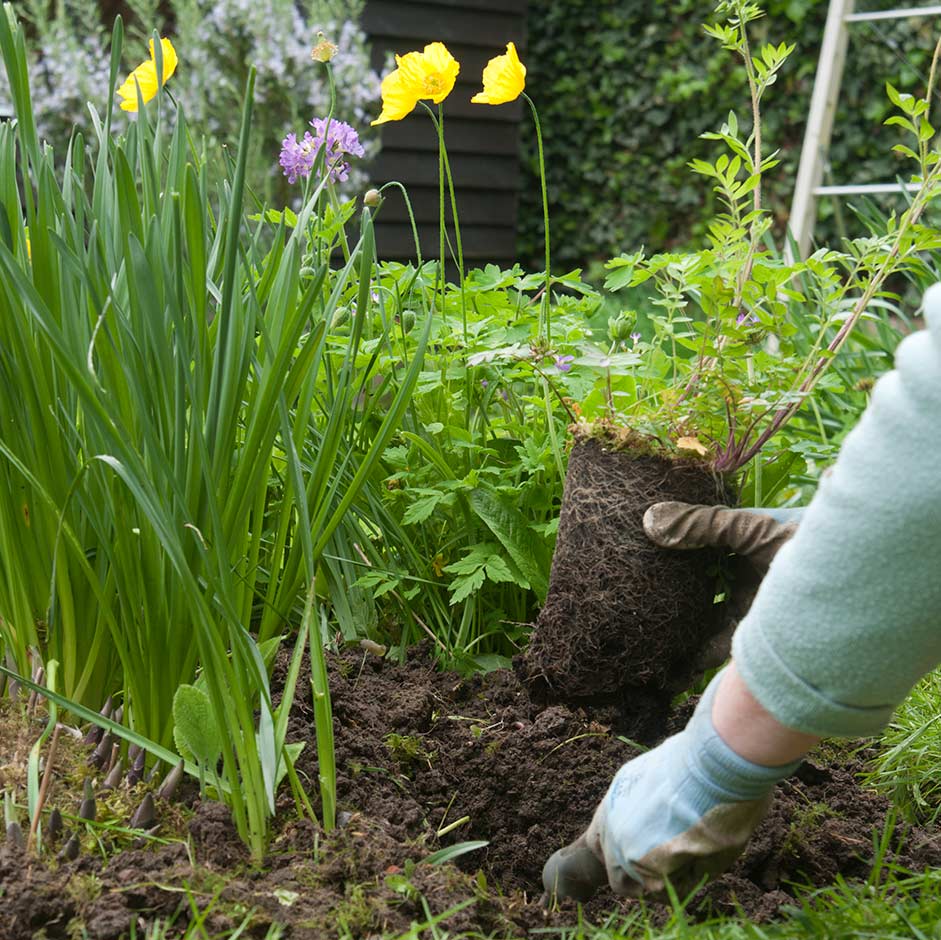
Perennials: planting
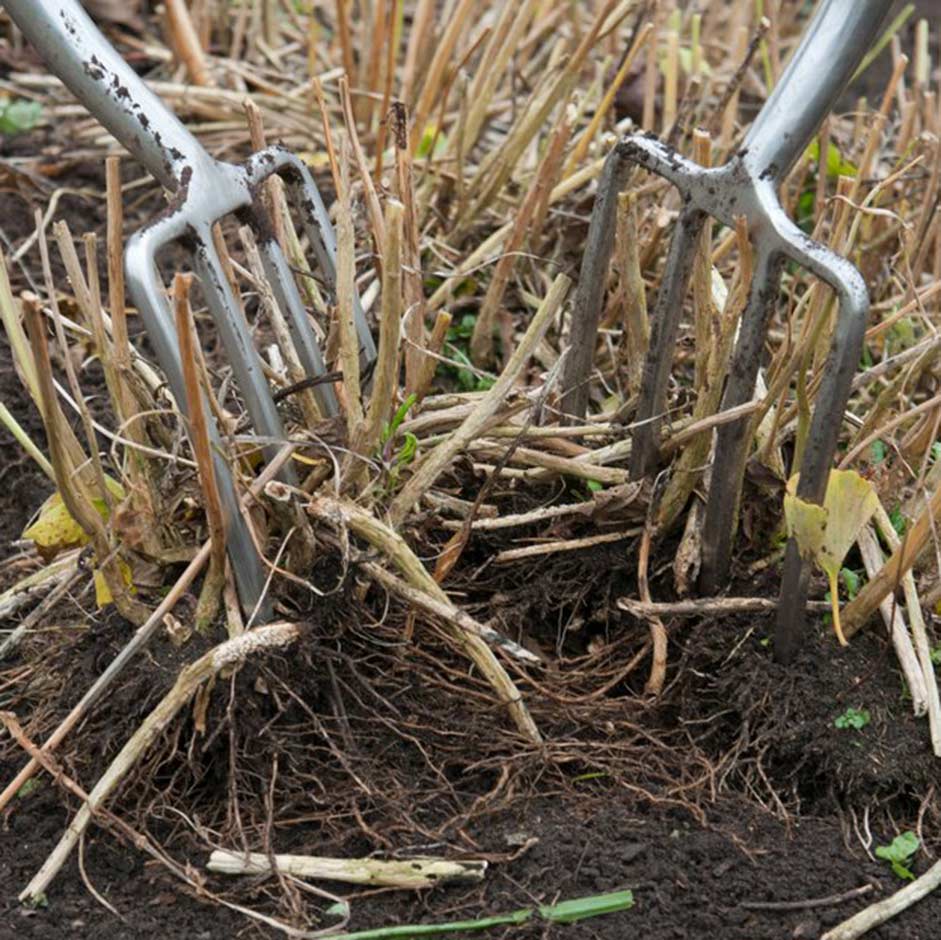
Perennials: dividing
Cuttings: semi-ripe
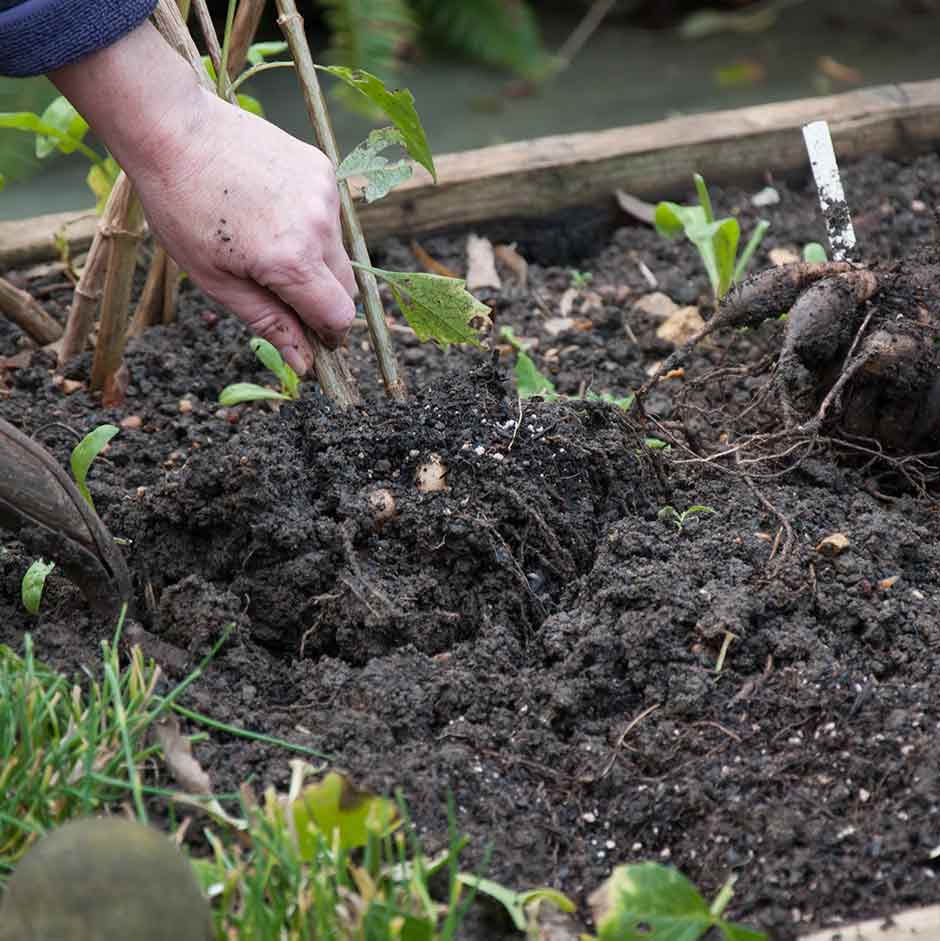
Overwintering tender plants: lifting or mulching
Downy mildews
Get involved
The Royal Horticultural Society is the UK’s leading gardening charity. We aim to enrich everyone’s life through plants, and make the UK a greener and more beautiful place.